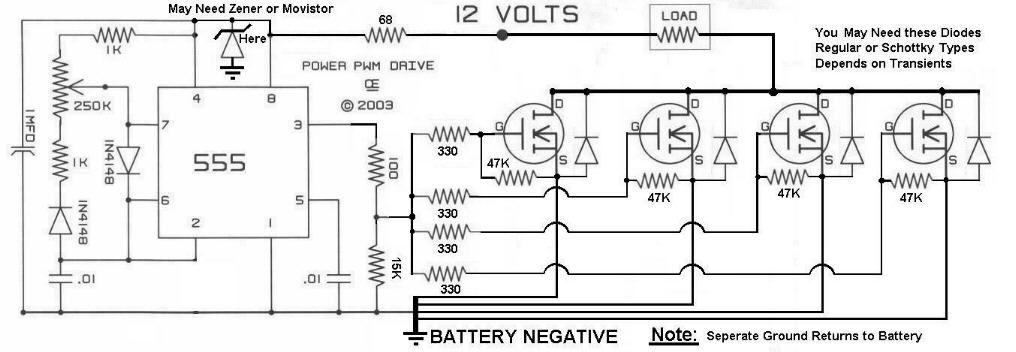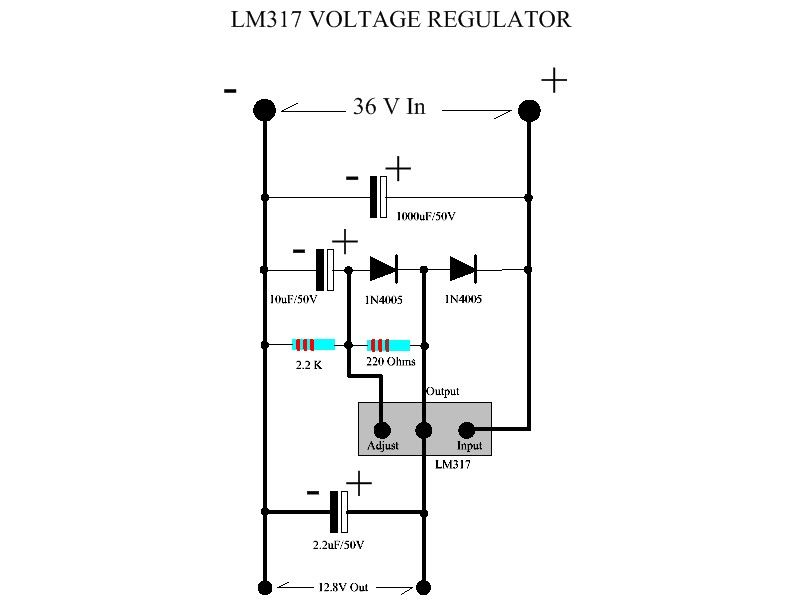Monster driver board death in AMC
Things looking up, only one mosfet looks bad. Had to isolate the mosfets to find out if only one was bad, so I had a 50-50 chance and even this squirrel found a nut, first try got the right one. As soon as I took the bad board out, of the shared ground, the other one started working, too. And I am using a new soldering bit and now I have plenty of power to work on the 12ga wire on my 100w iron. Planning ways to squeeze in 4 mosfets per board, as Dana suggested
Planning ways to squeeze in 4 mosfets per board, as Dana suggested 
Things looking up, only one mosfet looks bad. Had to isolate the mosfets to find out if only one was bad, so I had a 50-50 chance and even this squirrel found a nut, first try got the right one. As soon as I took the bad board out, of the shared ground, the other one started working, too. And I am using a new soldering bit and now I have plenty of power to work on the 12ga wire on my 100w iron.
 Planning ways to squeeze in 4 mosfets per board, as Dana suggested
Planning ways to squeeze in 4 mosfets per board, as Dana suggested 






 This will go far to filling up my rotor. I probably should do prochiro's calculation, estimating the area of the inter-pole spacing and dividing by the strand area to find out how many winds it will take to fill them...
This will go far to filling up my rotor. I probably should do prochiro's calculation, estimating the area of the inter-pole spacing and dividing by the strand area to find out how many winds it will take to fill them... ...please, (we beg to your 'Honor') let Us know all what Cold Electricity really is?
...please, (we beg to your 'Honor') let Us know all what Cold Electricity really is?

Comment